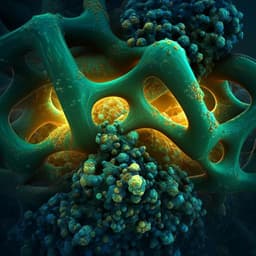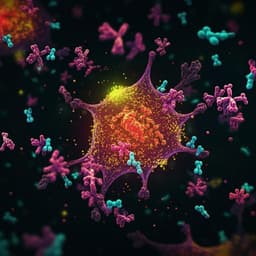
Medicine and Health
Neoadjuvant chemotherapy with or without camrelizumab in resectable esophageal squamous cell carcinoma: the randomized phase 3 ESCORT-NEO/NCCESO1 trial
J. Qin, L. Xue, et al.
This groundbreaking phase 3 trial evaluates the combination of neoadjuvant camrelizumab with chemotherapy against chemotherapy alone in patients with locally advanced esophageal squamous cell carcinoma. Notably, it demonstrates superior pathological complete response rates, paving the way for innovative treatment options. The research was conducted by an extensive team of experts from leading institutions.
~3 min • Beginner • English
Related Publications
Explore these studies to deepen your understanding of the subject.







